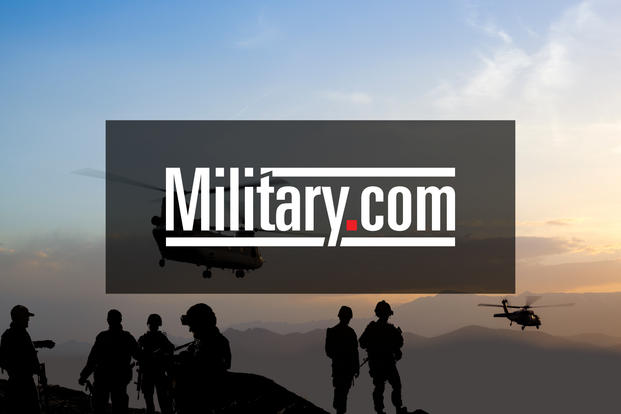Afghan national army and police units have started the slow process of shedding reliance on NATO coalition trainers as NATO leaders struggle to define what operating independent means for Afghan forces.
In July, Marine Maj. Gen. Charles Gurganus, commander of Regional Command-Southwest, was asked how many Afghan National Army units in Helmand province were capable of conducting operations on their own – no U.S. trainers, mentors, transport or logistics backup.
“Right now, we only have, really, one battalion-sized unit that I would tell you is completely independent,” Gurganus said in July from Camp Leatherneck in Helmand province in a video briefing to the Pentagon.
But Wednesday, in a video briefing to the Pentagon from Kabul, Canadian Brig. Gen. Thomas E. Putt, director of Afghan National Security Forces Development for the coalition, said that 40 percent of the ANA was acting independently, and then quickly hedged.
“They are fighting the Taliban with mentors,” he said.
Putt said that some “Kandaks” – battalion-sized units of about 600 – were operating on their own in the North and the West, but he couldn’t say how many.
“Currently, there is adequate mentor coverage” across the theater to assist the Afghans as they increasingly take the lead security role, Putt said. It was unclear whether more or fewer NATO trainers and mentors would stay behind through the withdrawal of coalition combat forces by 2014. “No, we don’t right now at this time” have a handle on whether the funding would be there for mentors, Putt said.
NATO air support would be needed through 2014 to substitute for the motley Afghan air force, which was expected to double in size to 8,000 by 2014 or 2015, Putt said. The 26 Russian-made Mi17 helicopters that the U.S. recently bought for the Afghans in a controversial $365 million deal had yet to arrive, Putt said, and he couldn’t say when they would.
But Putt gave precise numbers for the volunteer Afghan army and police in the buildup to a total force of about 350,000 in October. In late June, there were 185,125 Afghan National Army troops with a monthly AWOL attrition rate of 2.4%, Putt said.
The Afghan National Police had 146,641 cops, with an attrition rate of 1.2%, and “the ANP probably has the lead in integrating women into the service,” Putt said. There were 1,409 women in the ANP and 379 in the ANA.
Joining the Afghan army and police “has become a real draw” for young Afghans, Putt said, and “by October of this year they should be at full strength” of about 350,000.
It was another matter for road building and other infrastructure projects that are the centerpiece of the COIN (counter-insurgency) doctrine that has guided the allies in Afghanistan.
In a report released Monday, the Special Inspector General for Afghanistan Reconstruction said that projects worth more than $400 million were running far behind schedule and “may not achieve the desired COIN effects.”
“In some instances, these projects may result in adverse COIN effects because they create an expectations gap among the affected population or lack citizen support,” the SIGAR report said.
In testimony to Congress last week, Anthony Cordesman, the respected military analyst for the Center for Strategic and International Studies, railed against the lack of reliable statistics for gauging the progress of the Afghan security forces and the entire allied effort in Afghanistan.
“No one should approach the challenges of creating effective Afghan security forces—and creating the right assessment process—without remembering our failures in Vietnam and Iraq,” Cordesman said.
“We have repeated this experience in Afghanistan. We have also repeated our tendency to try to rush force development and focus on progress rather than problems,” he continued. “Our current assessment tools like the CUAT (Command Unit Assessment Tools) system have taken years to evolve and still focus largely on force generation rather than the broader—and far more important issue—of whether we can create an affordable and sustainable force that can actually take over the security burden.”





























